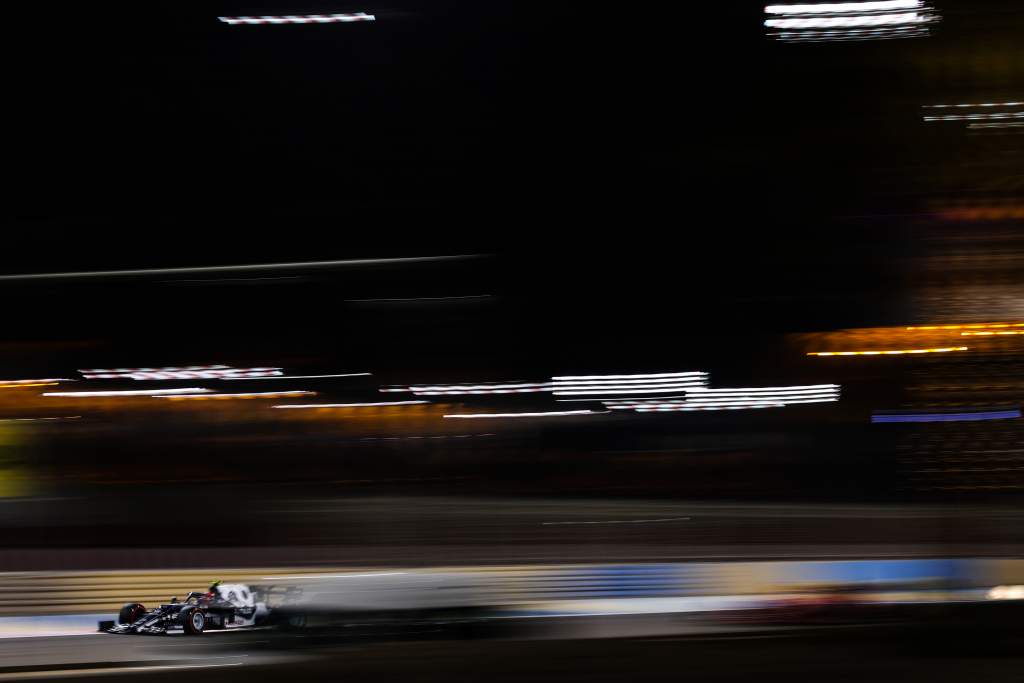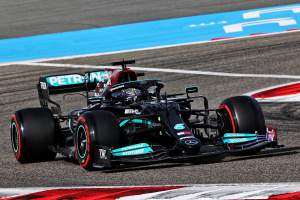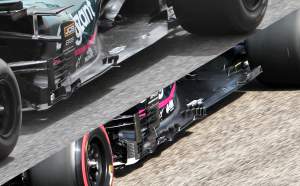Up Next

The pre-season veil has been lifted – partially. Formula 1’s first two practice sessions of 2021 gave us the clearest look yet at the new pecking order ahead of the Bahrain Grand Prix.
So, is Red Bull going to topple Mercedes? What do we read into McLaren’s performance? And what other lessons were buried deeper in Friday’s running, the first ‘proper’ day of the new season?
RED BULL HAS THE TAG IT DOESN’T WANT

Red Bull doesn’t want to be considered favourite for the season opener. Max Verstappen said it’s meaningless.
That may be true after testing. After Friday practice it’s a bit more serious. And after Friday practice, Red Bull will not be able to shake off its ‘favourite’ tag so easily after Verstappen topped both sessions, including the all-important (well, as far as Friday goes) FP2 qualifying simulations.
That McLaren’s Lando Norris was the nearest challenger might indicate there’s more to come from Mercedes, and the W12 did look improved compared to testing. Lewis Hamilton was a couple of tenths shy of Verstappen in a car that appeared to have some understeer dialled in to counter the rear instability that plagued Hamilton and Valtteri Bottas at the test.
“The night has fallen and the conditions haven’t come towards us,” Mercedes team boss Toto Wolff told Sky F1.
“It’s just a real dogfight. When you overlay the fastest laps and even the long runs, it’s just so very close that every kilogramme of fuel load can quickly make a big swing.
“So, we don’t really know. I think we are definitely closer here than we have been in testing, but I wouldn’t know where to position us versus Red Bull.”
Bottas gave a sign of Mercedes being better but still not quite there with a pretty big lock-up late in his race sim, and a groan of “it’s undriveable”.
F1’s often curious in-house data estimates have Hamilton qualifying on pole by a tenth. That will depend on whether Mercedes makes a breakthrough, or has a natural step to come in its programme when rivals have already shown their hands.
DREAMS OF NO MORE ‘MIDFIELD’
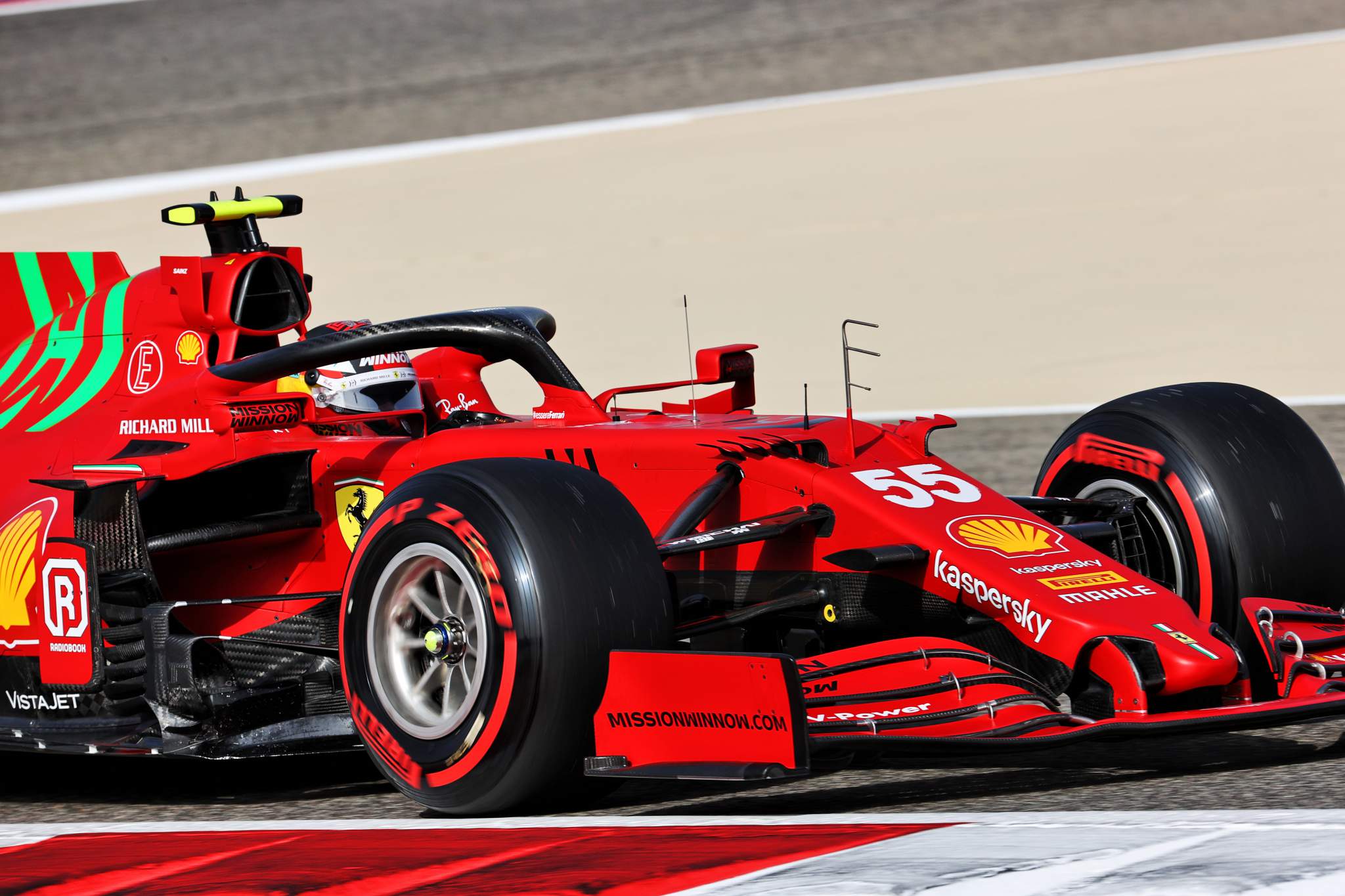
There have been some murmurs around testing and the build-up to Bahrain that the midfield may be no more, with every team behind the top two so closely matched and also chipping away at the Mercedes/Red Bull pairing at the top.
So, are we really losing the midfield? Can we finally stop referring informally to Classes A, B and C?
The teams finished FP2 in the following order:
Red Bull
McLaren +0.095s
Mercedes +0.235s
Ferrari +0.280s
AlphaTauri +0.447s
Aston Martin +0.546s
Alpine +0.754s
Alfa Romeo +0.893s
Williams +1.484s
Haas +2.450s
The steps between the first eight teams are insignificant enough to be influenced by fuel loads, engine modes, driver error and circuit characteristics. So it stands to reason that, track-by-track, plenty of those positions will be interchangeable depending on who is having a particularly good or bad weekend.
Realistically it is hard to imagine Mercedes, once the car is sorted out and everything is put on the line, has fallen into that clutch of cars. If we return to F1’s qualifying pace estimate, we get the following order:
Mercedes
Red Bull +0.12s
McLaren +0.37s
Ferrari +0.41s
AlphaTauri +0.71s
Aston Martin +0.74s
Alpine +0.96s
Alfa Romeo +1.15s
Williams +1.56s
Haas +2.58s
That’s immediately less condensed, and perhaps a bit closer to what we will see. Some of the jumps seem a little curious. But it allows for a theory that this kind of breakdown is most likely:
Red Bull/Mercedes > McLaren/Ferrari/AlphaTauri/Aston Martin/Alpine/Alfa Romeo > Williams/Haas.
There will almost always be a midfield in F1 unless the 10 teams really are exchanging places every single weekend. It would be premature to believe that the 2021 season is anything like that.
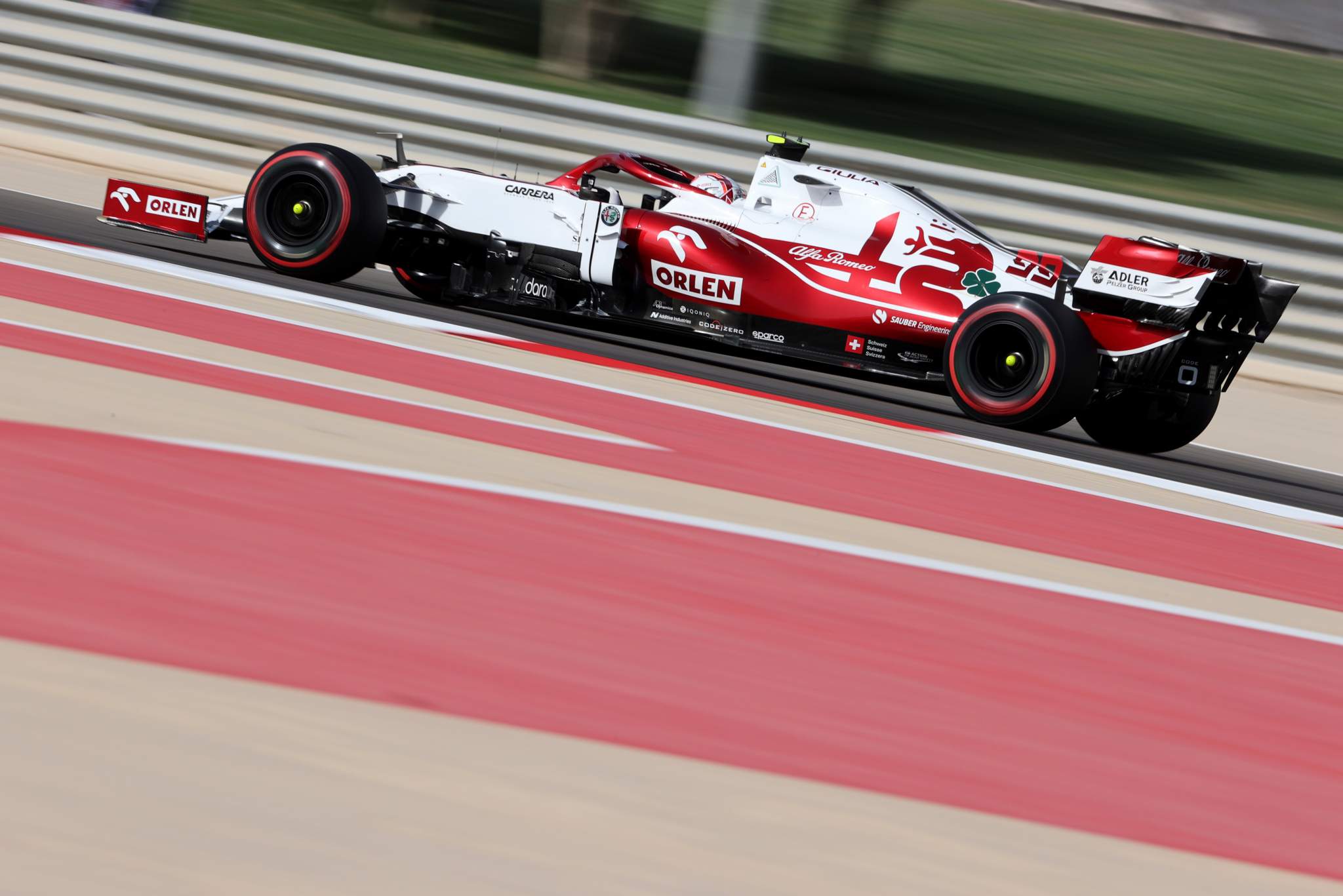
However, ignoring Williams and Haas, it does look beautifully condensed. Alfa Romeo appears to have made the step it was optimistic of, and latched onto the back of the old ‘Class B’ field. Williams isn’t at the same stage yet.
Midfield or no midfield, the pecking order looks nicely set up for a fascinating opening weekend – and potentially an entire season of uncertainty.
McLAREN’S POTENTIAL UNLEASHED
Both cars in the top six on qualifying simulations, with Lando Norris outpacing the works Mercedes cars, was a very encouraging start for McLaren as it begins its second Mercedes-engined era.
The MCL35M looked like a very compliant car in testing and Norris and his new team-mate Daniel Ricciardo, not to mention McLaren’s senior management, cut pleased figures throughout. McLaren was widely considered to be in healthy shape, despite not posting any eye-catching lap times – the sign of a very effective, understated performance.
Norris said on Thursday that he’d “read a lot of the headlines” and “I hope we can show the performance that everyone is talking about”. He admitted McLaren hadn’t done any glory runs, and though he refused to believe “we’re looking amazing” he did say: “I think we have a very complete car and a good opportunity to fight really hard.”
That looked much the case on Friday, at least over one lap. Though Norris cut a surprisingly pessimistic figure after FP2, hypothesising McLaren had simply shown more than its rivals, that at least suggests we have now seen what the MCL35M is really capable of.
Evidently there is work to do as neither Norris or Ricciardo were completely satisfied. Their long run pace was less eye-catching but still at the sharp end.
Now the potential’s unleashed, it looks as though pre-season optimism around McLaren is justified – even if Friday does prove to be an unrepresentative brilliant result.
LOW-RAKE CARS ARE HAVING TO REACT
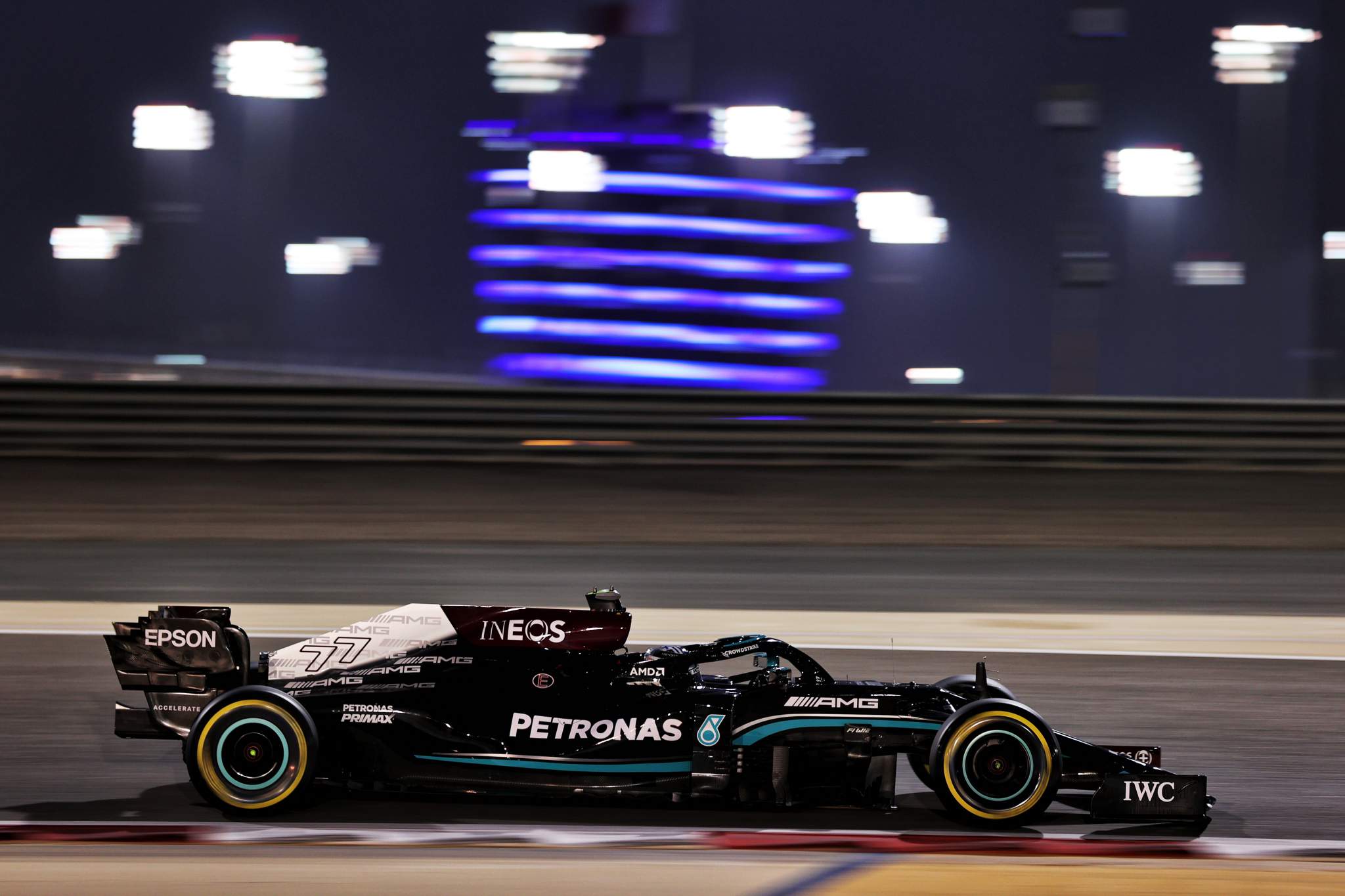
Mercedes’ analysis after its testing struggles suggested that it is struggling more to recover downforce lost because of the rule changes for 2021.
You probably know by now that performance has been stripped away at the rear of the car by cutting away a section of the floor, removing slots at the front of the floor, trimming diffuser fences and simplifying rear brake duct appendages.
According to Mercedes, the lower-rake cars have been hurt more by that. It’s not the only factor in Mercedes’ struggles but it’s an important one. Wolff believes a high-rake concept like Red Bull’s is better suited to recovering the lost downforce and even suggested that’s exactly why the rules were changed, to make life harder for Mercedes.
So Mercedes is having to react as its 2021 car developments haven’t produced the sort of step it hoped, especially compared to its chief rival. That might explain the ‘solution’ we’ve witnessed so far in Bahrain where the car just seems to have more understeer dialled in to balance it better. It’s a quick fix for a circuit where the rear instability will be more punishing than probably any other.
It’s not just Mercedes, either. Aston Martin follows the Mercedes aero concept so its AMR21 is also low-rake. We’ve seen a new, quite dramatic, floor on the car this weekend – indicating it is still working hard to get the floor working better.
EDD STRAW’S TRACKSIDE VERDICT ON ALONSO AND VETTEL
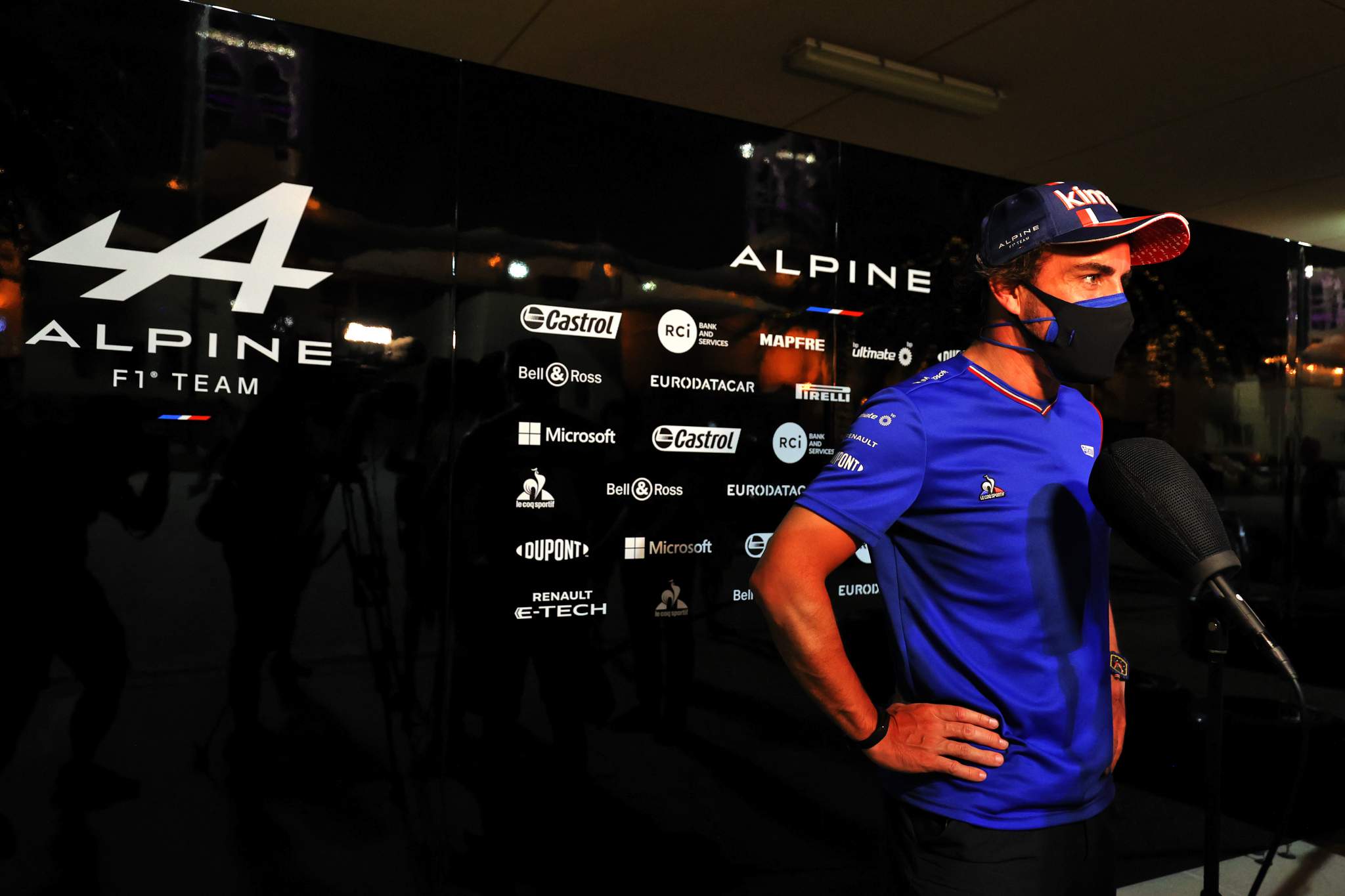
Speaking of Aston Martin, watching trackside neither the AMR21 – nor the Alpine, another muted force in the competitive midfield – really caught the eye. Which might explain why Sebastian Vettel and Fernando Alonso were only 14th and 15th on the lap times.
Although the Alpine A521 looked OK, it never looked quite as planted as the strongest midfield cars.
As for the Aston Martin, it actually looked a lot more impressive than in testing simply because it missed the best of the conditions two weeks ago.
“Every lap helps me understand,” said Vettel, who clocked fewer laps than any other race driver in testing. “We’re still trying new things, but it seems like fun.
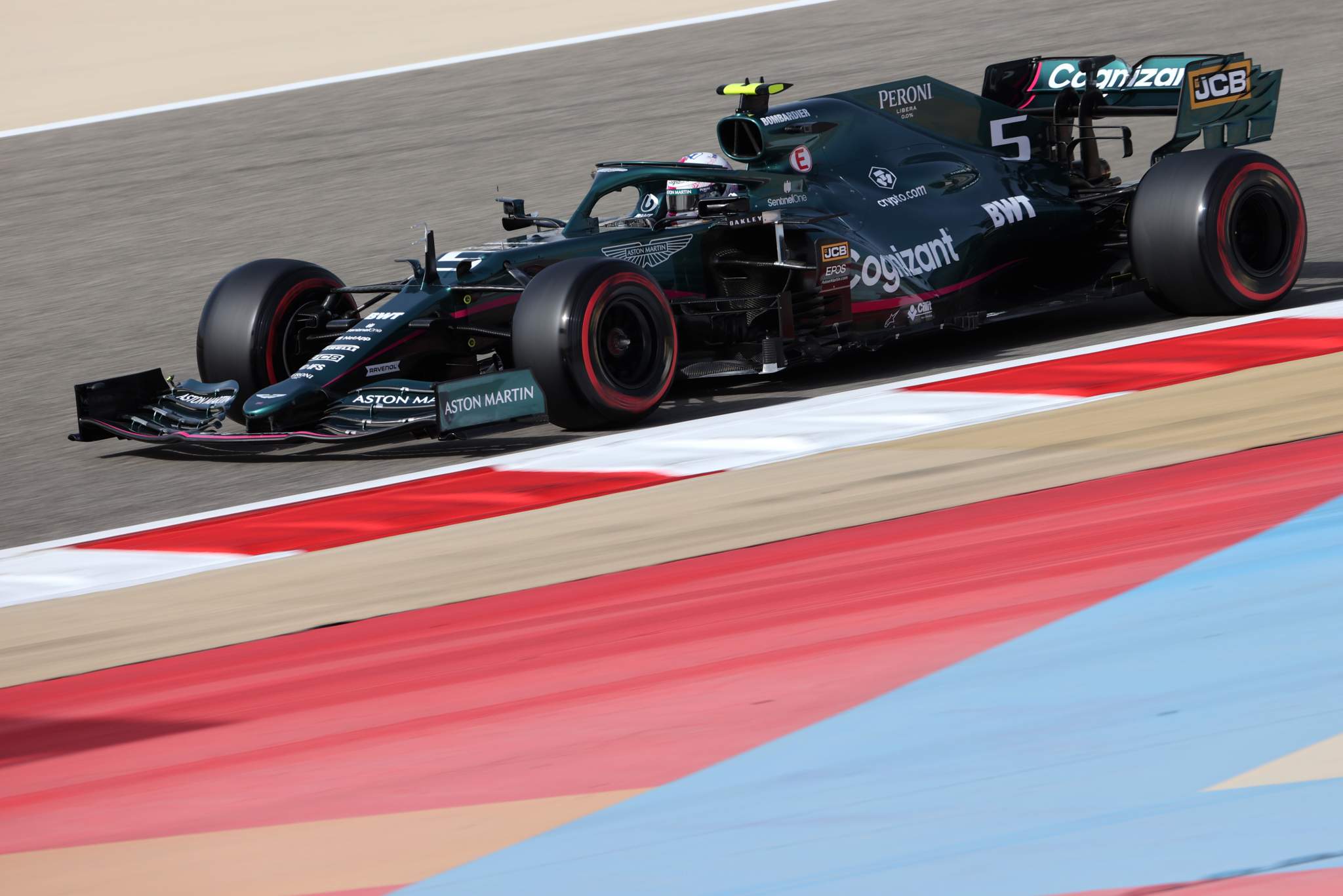
“There’s a lot left on the table just to get used to the car and being able to squeeze the limit. Right now, it feels a bit up and down: sometimes I’m really good and in other corners, I’m far out.
“That’s normal, but hopefully come tomorrow I’m able to squeeze more consistently on the limit.”
Lance Stroll looked slightly more comfortable carrying the speed into the corner, which perhaps you might expect given he’s the incumbent driver.
If the midfield group is the same as it was last season, these two cars would be the last ones you would pick based on the current indications. But we can expect more from both of these champions once things get serious in qualifying tomorrow.
The question is whether the cars they have under them are missing that last tenth or two?
Stroll said Aston has its “work cut out” on Friday evening to be on the right side of such a close group, while Alpine had to work on the balance through the day and still has some potential to unlock.
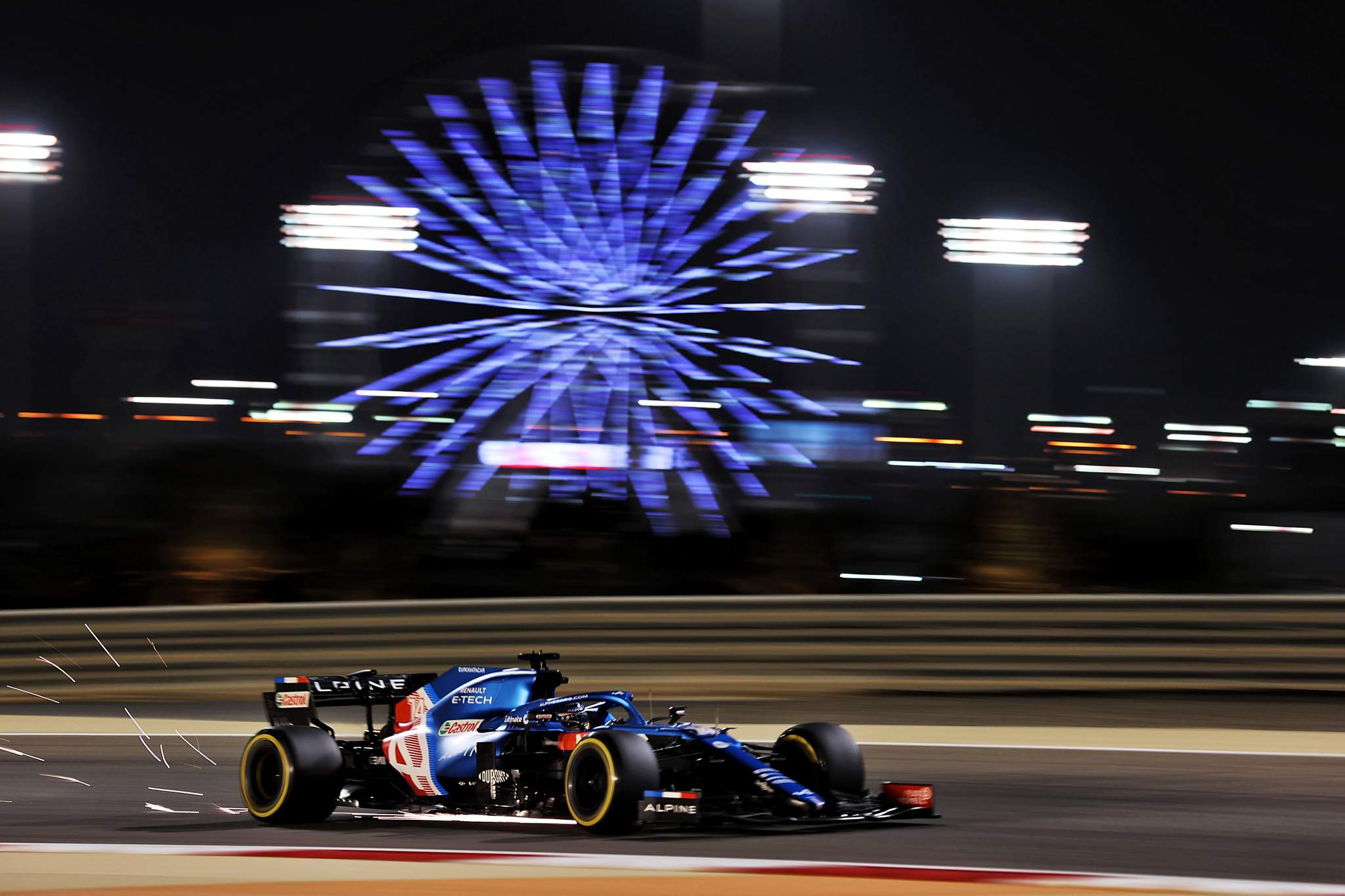
“I think we have something in the pocket,” said Alonso. “We are working around the set-up to fine-tune the balance and I think we have good ideas for tomorrow.”
FERRARI’S ‘WINNING’ ON 2020 PACE LOSS
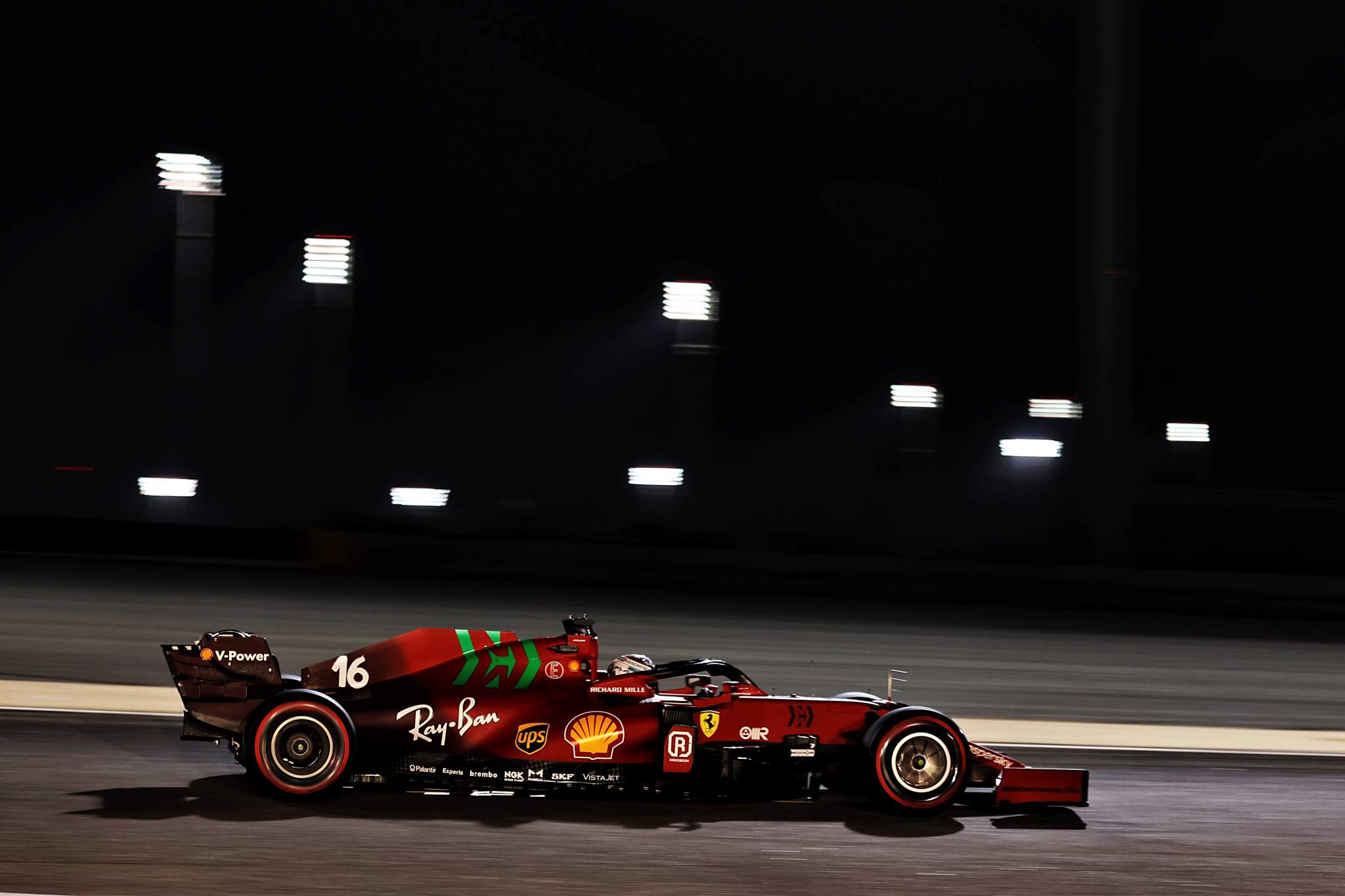
The qualifying simulation laps during FP2 offered the best data so far indicating how much pace has been lost thanks to the new aerodynamic regulations. Best, of course, being comparative as it won’t be until qualifying on Saturday that we get more accurate numbers.
Comparing the best lap time set by each team in FP2 last year to this year shows a significant spread in terms of lap time.
FP2 pace loss compared to 2020
1 Ferrari, +1.017s
2 McLaren, +1.101s
3 Alfa Romeo, +1.113s
4 Williams, +1.358s
5 Red Bull, +1.529s
6 AlphaTauri, +1.743s
7 Aston Martin, +1.990s
8 Mercedes, +2.111s
9 Alpine, +2.139s
10 Haas, +2.448s
Ferrari lost the least, just 1.017s slower, but that’s perhaps not a surprise given the engine gains made. It’s a similar story for McLaren, which gained from its engine switch at this power-sensitive track, and Ferrari-powered Alfa Romeo in third.
The most telling number is Red Bull, 1.529s slower but having taken a hit around six-tenths less than Mercedes. Even if there was a little more time on the table for Mercedes, that’s consistent with the wider competitive picture.
These numbers will, of course, change again tomorrow.
TSUNODA WILL BE FUN TO FOLLOW
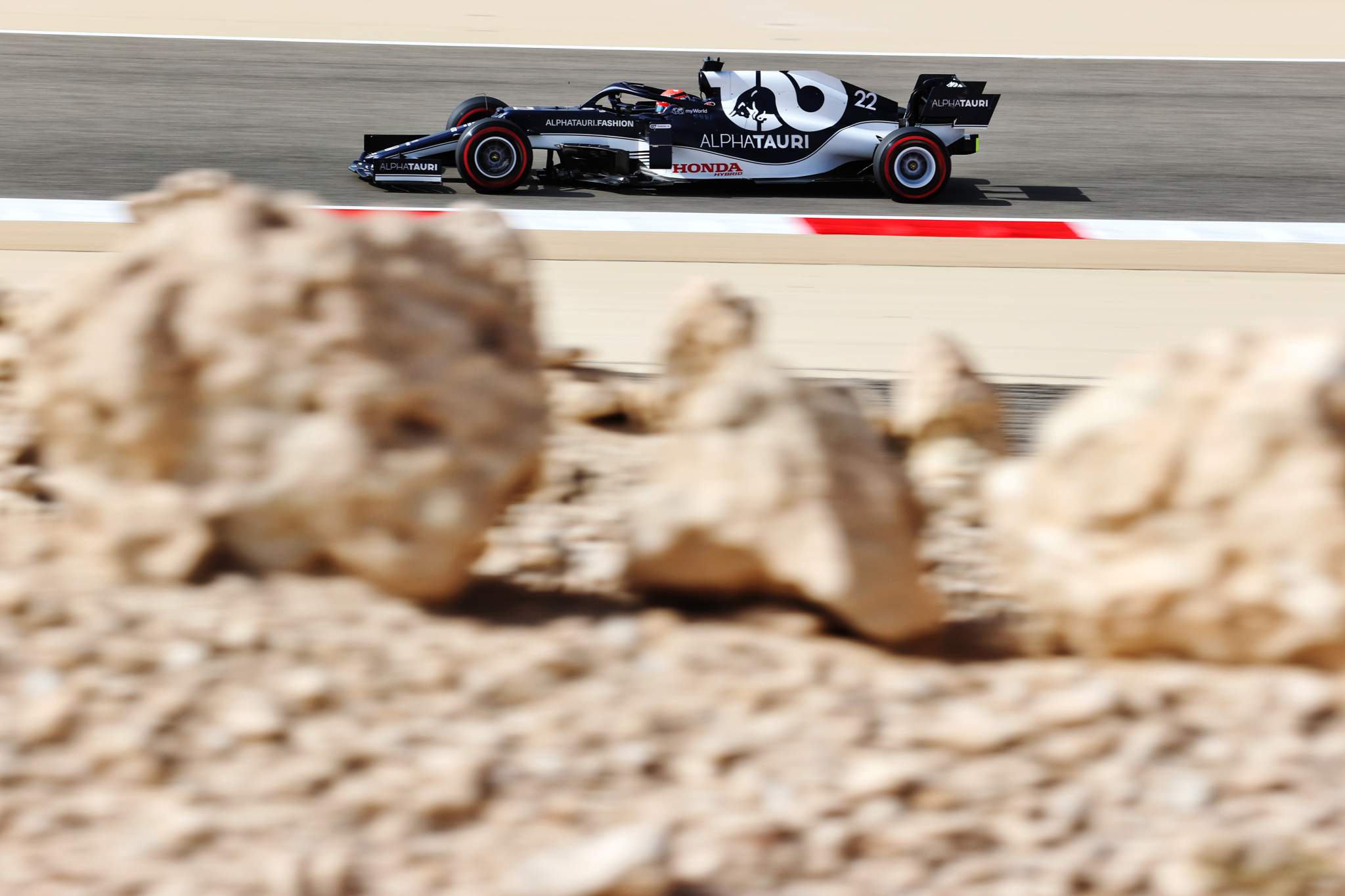
Friday practice was the first opportunity to closely observe AlphaTauri’s Formula 1 rookie Yuki Tsunoda – and he’s as exciting up close as he’s appeared from afar.
Following every lap of Tsunoda’s FP2 onboard his AT02 was an entertaining experience. He is delightfully committed on push laps but not in an out-of-control manner – he overstepped track limits a couple of times but this is hardly the most heinous of crimes. His speed looked good over one lap and his long run was error-free, although he started to struggle with traction the deeper into the stint he got. This being Bahrain’s, that really no surprise.

There was also an enjoyable moment of him cracking on with it at the start of his race sim, when caught Valtteri Bottas on the run to the final corner, pulled alongside and committed to the pass on the inside. Later in the run he chose not to back off when behind the slower Williams of Nicholas Latifi, instead closing in and then launching a real overtake into the first corner.
Tsunoda also showed good awareness to clock Sergio Perez approaching at speed when the team said nobody was behind pushing – and earned an apology from his engineer for the misjudgement.
The only thing FP2 was missing was a repeat of his FP1 outburst, swearing over the radio after encountering traffic. Although that’s probably to his benefit longer-term, and something he is still working on.
Yuki's already giving it everything 💪 @yukitsunoda07 #BahrainGP 🇧🇭 pic.twitter.com/KxihmdjGMG
— Formula 1 (@F1) March 26, 2021
“I try to be more calm every session, I guess this is like my weakest point also, on the mentality side I was swearing a lot and losing my focus,” he admitted.
“I’m trying to train like this to not swear a lot but yeah, I [was] a little bit too emotional in FP1. This session there wasn’t any swearing so a good step from FP1.”
Tsunoda’s FP2 was ended slightly early by a car issue, but we’d seen (and heard) enough.
He’ll undoubtedly be fun to watch. More importantly, as far as Red Bull and AlphaTauri will be concerned, it would be no surprise to see him bank points on his debut.
HAAS ROOKIES ARE UP AGAINST IT
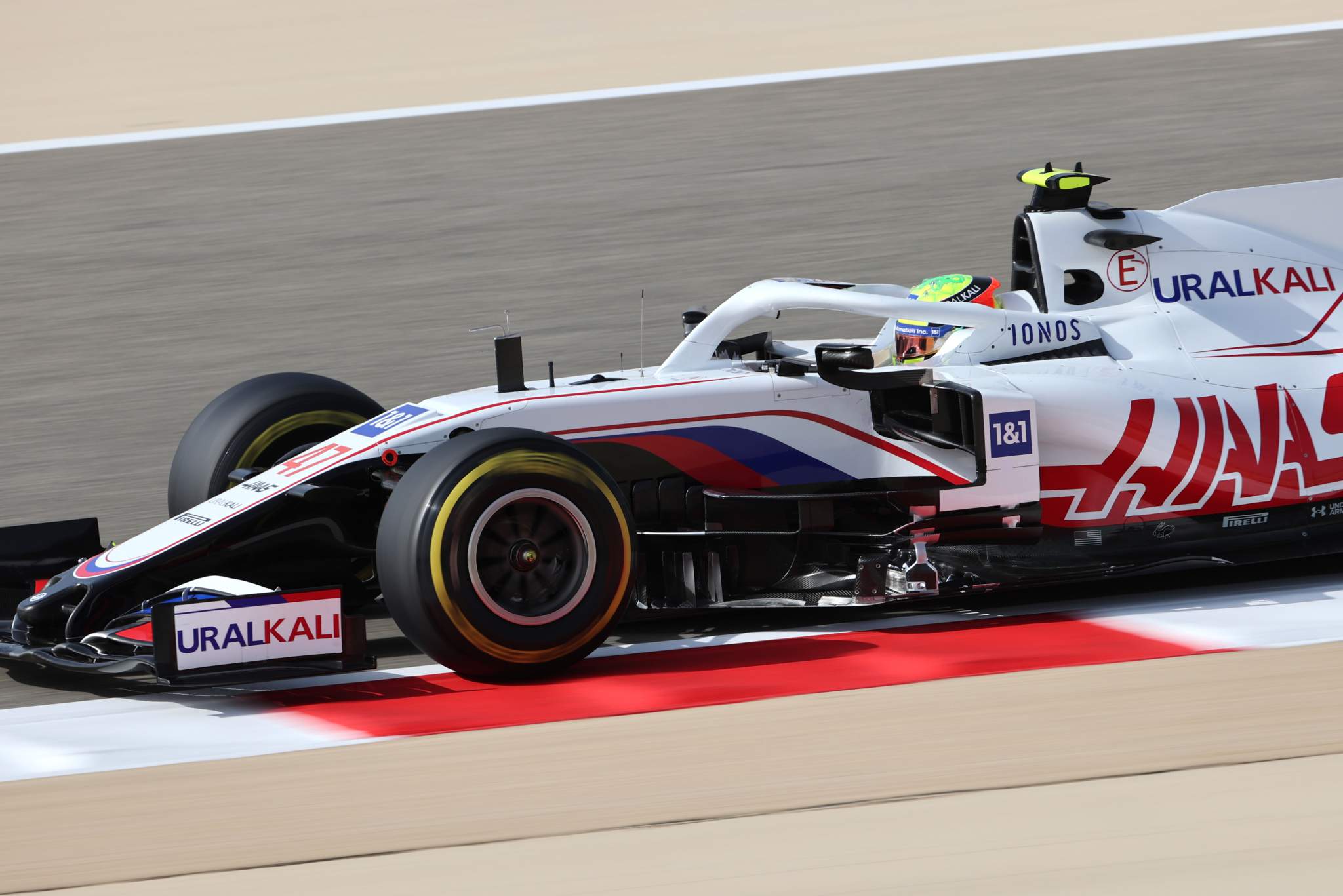
We’ve known for some time that Haas looked like it might be in for a long season. Friday practice reinforced why we outlined a point-less year as the American team’s biggest concern.
Rookies Mick Schumacher and Nikita Mazepin were cut adrift. In fact, as a team, Haas is a second off – the sort of deficit that would make this a ‘Williams 2019’ kind of season if it’s consistent.
It’s highly likely that both drivers have more in their respective lockers given their lack of experience. However, Mazepin’s spin and spikey comment that the balance was terrible (to use a more polite term) underlined the fundamental limitations of the machinery they are working with.
GET READY FOR MORE TRACK LIMITS NONSENSE
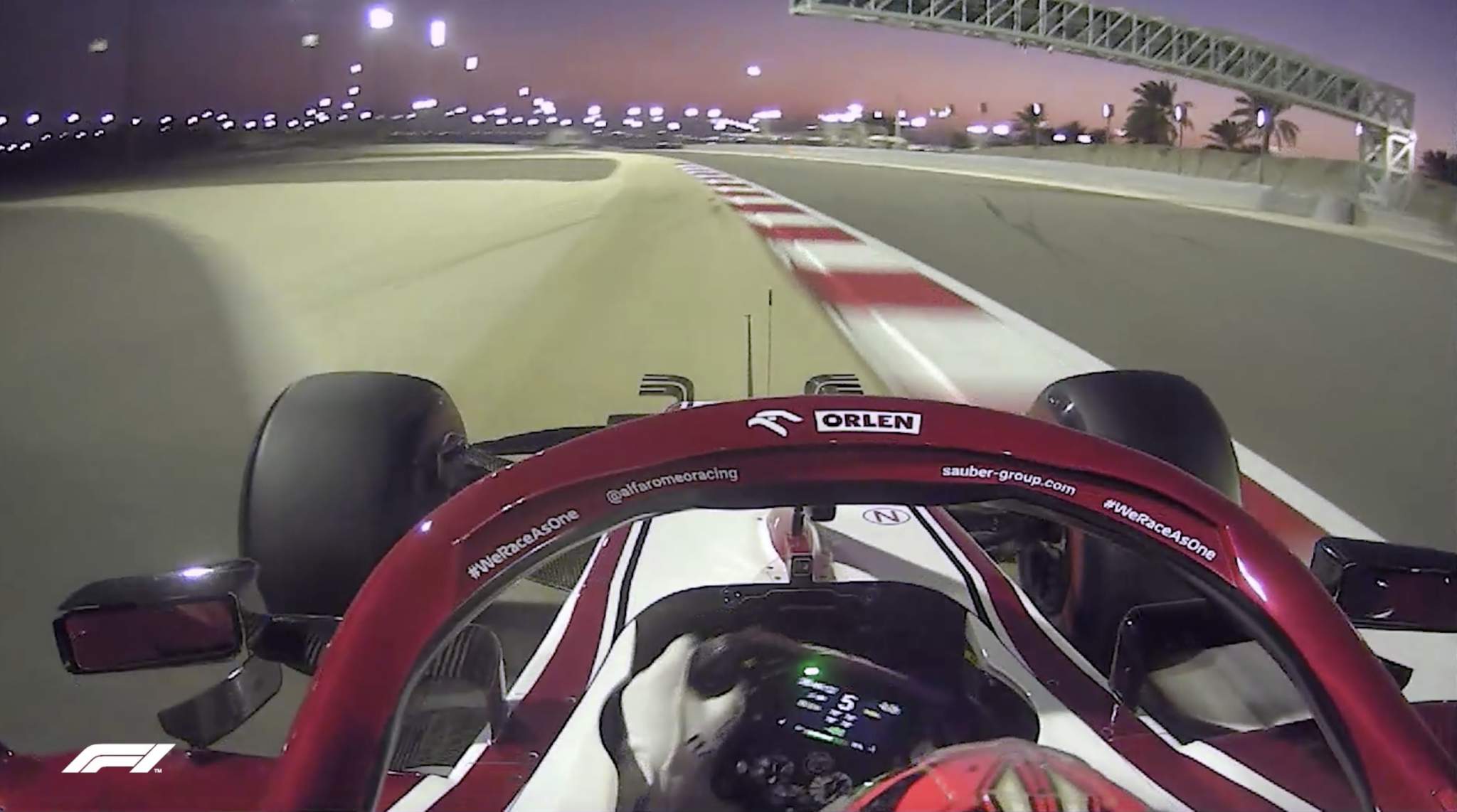
The FIA started the Bahrain GP weekend with the lenient Turn 4 track limits rules introduced mid-event last year.
Track limits were only monitored there in Friday practice in 2020, then the drivers complained on Friday evening and it was tweaked – no more monitoring at Turn 4 for the rest of the weekend.
With that free pass in place again for this year’s event, unsurprisingly there was then plenty of run-off abuse in FP1 on Friday.
But prior to FP2, there was an update: going behind the red/white kerb on the exit in practice and qualifying would invalidate the lap. But track limits will NOT be monitored in the race.
That means different rules for qualifying and the race. It might seem picky to focus on such a thing, given it’s just one corner, but this is typical of a wider, muddy issue.
Why is it so difficult to get this right? It seems it’s a question we’ll be asking plenty of times again in 2021.

